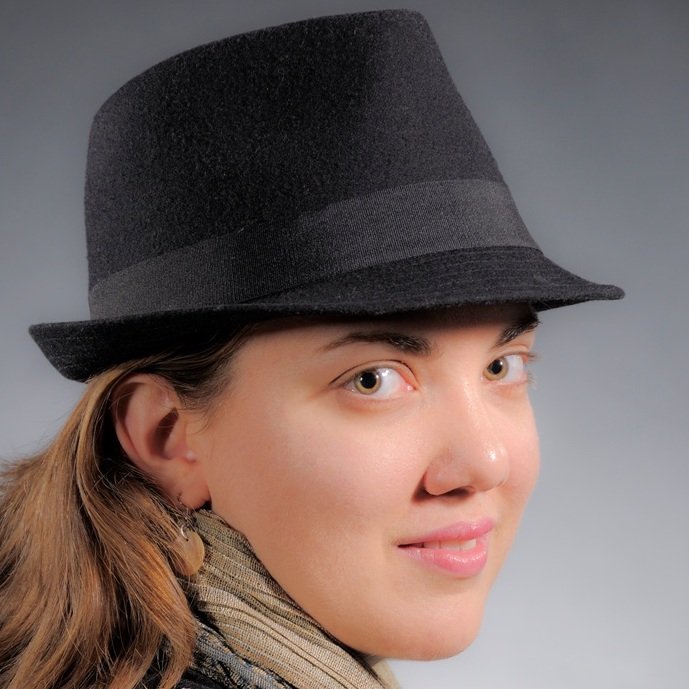
Today’s post is by Sarah Elisabeth Sawyer. She teaches a Dictation Bootcamp for Authors beginning October 17, 2023.
If you’ve heard of authors experiencing tremendous success with dictation but you don’t have a clue where to start, you’re in the right place, my friend.
Yes, there is a plethora of ways to approach dictating your next book, and all of those ways can feel intimidating if you haven’t successfully dictated yet.
Here we will cover:
- Picking the best dictation technique
- Picking the best dictation tool
- Picking the best dictation setting
I had tried and failed to master dictation multiple times before finally discovering what worked for me. I’ll share some of what I’ve learned to dictate ten books—and counting.
Dictation techniques
Throughout the years of my writing journey, I identified three methods you can employ when dictating:
- Watching the screen as you speak your words
- Not watching the screen as you speak your words
- Recording your words and transcribing later
The first one many people are familiar with. If you’re on your computer using the built-in speech-to-text option (like I’m doing for this post), your words will appear on the screen as you speak them.
The pro to this method is the same as typing your words on the screen. You get to see what you’ve written as soon as you’ve written it.
The con: your inner editor distracts you from drafting your piece.
It’s doubly hard with dictation as you watch errors appear. Homonyms, misspelled character names, incorrect punctuation. These not only drive your inner editor mad, but it can be plain distracting as you try to form the next sentence in your brain.
This doesn’t mean you can’t use the built-in speech-to-text option on your computer or phone to dictate a story. Simply don’t look at the screen.
Which brings us to the second method: Not watching the screen as you speak will keep you in the creative flow as you get down your first draft.
I’ve done dictation long enough for fiction and nonfiction that both methods work for me. However, I prefer to not watch the screen as I speak my words. It’s just too distracting. The danger, however—as I’ve discovered more than once—is if my dictation software halts. Generally, it will make a little ding noise when that happens, but not always. So I could be dictating away only to discover nothing has been captured for several minutes.
To remedy this, I’ve trained myself to check the screen subconsciously to make sure the dictation function is operating correctly.
One final method eliminates that issue: You can dictate your words into a recording device and have it transcribed later. It’s an old-school method (as in dictaphones before smartphones) that works extremely well today.
I know of authors who still use dictaphones to record their words while on a walk or loading groceries in the car. Afterward, some employ a human transcriber and some use software for the transcription.
That brings us to the tools of dictation.
Dictation tools
Don’t worry, we are not about to break your author bank in this section!
For years, I allowed the idea of expensive dictation software to hold me back from speaking my stories. I couldn’t justify spending hundreds of dollars on software when I didn’t know if I could master dictation mentally.
What I discovered after many failed attempts was that the smartphone in my pocket was a much better asset than I gave it credit for. I stumbled onto what worked for me by accident.
In my freelance work, I record interviews for later reference when writing a story. I found a neat little app for my iPad called Voice Recorder and used that for years.
The app eventually offered an upgrade to transcribe the recordings.
Ding!
Given my struggles with dictation, I decided to give it a try and found that the transcription option was remarkably accurate. It was far from perfect, but enough to get me on the road to mastering dictation.
The app today requires a monthly subscription fee of $3. To me, it’s a tiny investment for a tool that can revolutionize your writing life.
The app is far from the only one to offer this kind of power. For my most recent manuscript, I simply dictated with the built-in function on my new iPhone 13. This worked remarkably well, too.
The point is, you do not need to let expensive tools or complicated technology hold you back from incorporating dictation into your writing life.
Dictation setting
The right setting can be critical to our creative flow. Experienced or prolific writers generally can write anywhere, anytime. But not all.
Some swear by routines and the appropriate setting and time to get their stories in. For the most part, you can write in any setting with dictation. Yes, the noise of a coffee shop or a park may make it more challenging, but again, the technology is getting better and better. My iPhone “zooms” in on my voice when I hold it close to my mouth. You can also invest in a headset that gets you a microphone very close to your mouth to overcome external noises.
The benefit of dictation over typing is you can write in even more settings.
Write while walking a nature trail. Write while washing the dishes. Write while laying on your side in bed, eyes closed and fully envisioning the story (my favorite method when writing fiction).
While a quiet place is ideal, just like with any method of writing (by hand, typing, or dictating), you can learn to write in almost any setting.
I prefer privacy when writing, but I’ve done all three in public—typing and dictating and writing by hand.
Dictation can free you
Like me, you may have tried to master dictation multiple times. We face huge mental blocks, especially when it comes to dictating fiction. But I want to encourage you to give it another try!
Just start here:
- Take out your smartphone right now.
- Open your messages app and tap your speech-to-text or dictation function.
- Speak one sentence to a loved one or a writing buddy. Just a “Hi, how’s your day?” will work.
- Edit if needed and send it.
Congratulations! If you did the above, you have begun your journey to mastering dictation.
Note from Jane: If you enjoyed this post, consider joining Sarah’s Dictation Bootcamp for Authors beginning October 17, 2023.

Sarah Elisabeth Sawyer is an author and digital course creator. Her live event, Dictation Bootcamp for Authors, takes authors through the process of mastering dictation with easy exercises that lead them to become the master of their fictional worlds. The next bootcamp takes place October 2023. Join in at www.fictioncourses.com/dictationbootcamp
Sarah has been featured on Joanna Penn’s The Creative Penn podcast, Mark Dawson’s Self Publishing Show, Jane Friedman’s blog, and more. Her signature course, Fiction Writing: American Indians, is equipping authors to write authentic stories that honor Native American history and culture. Discover more at www.fictioncourses.com.

Thanks for discussing this very interesting topic. Many thanks also for the tipps. Best wishes, Michael